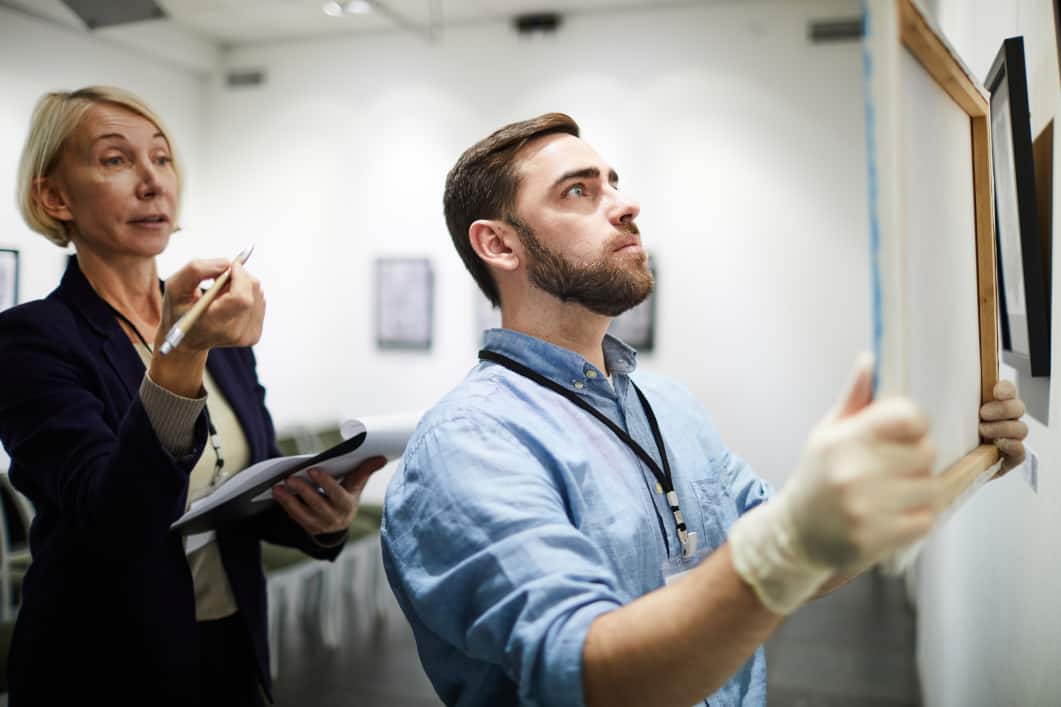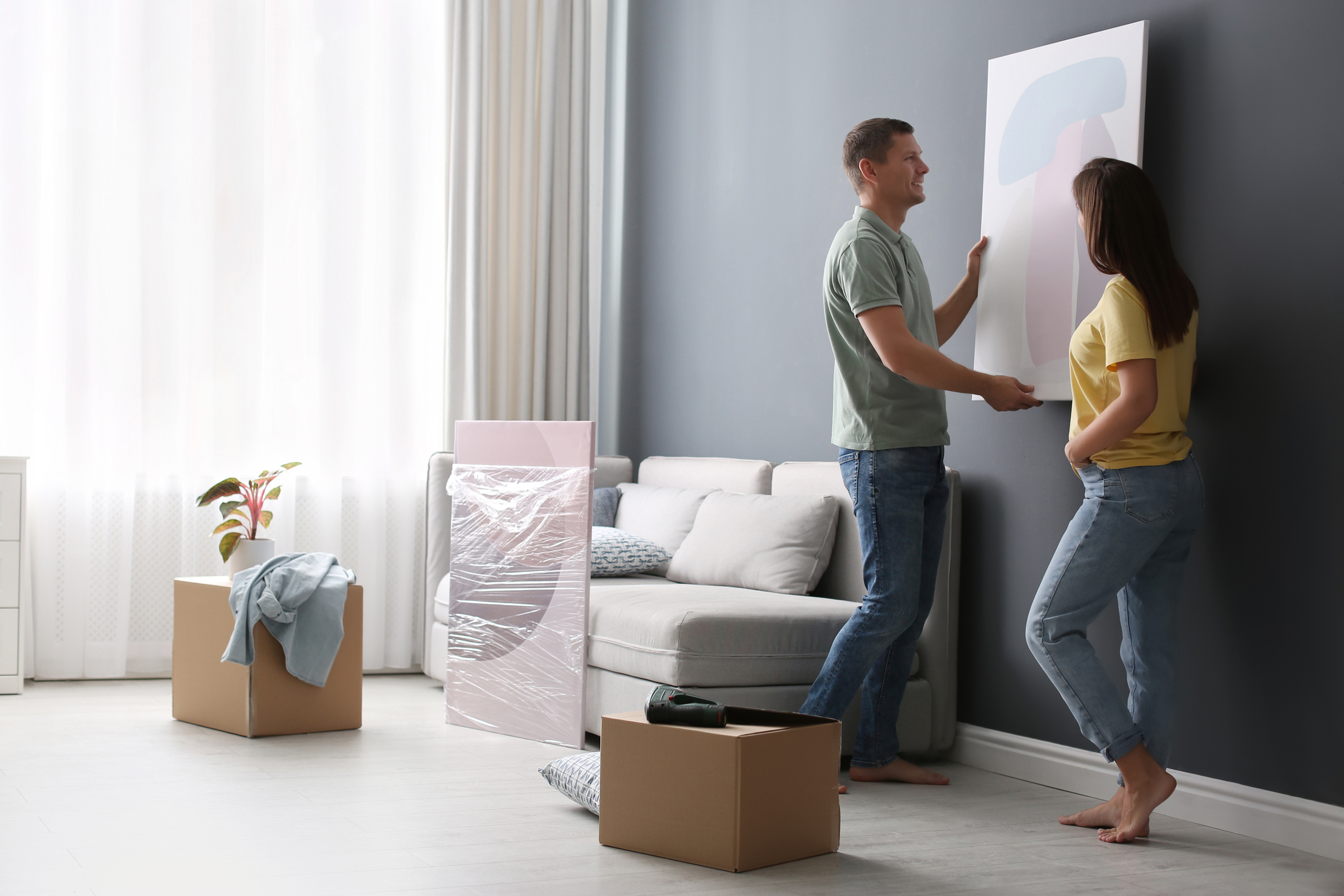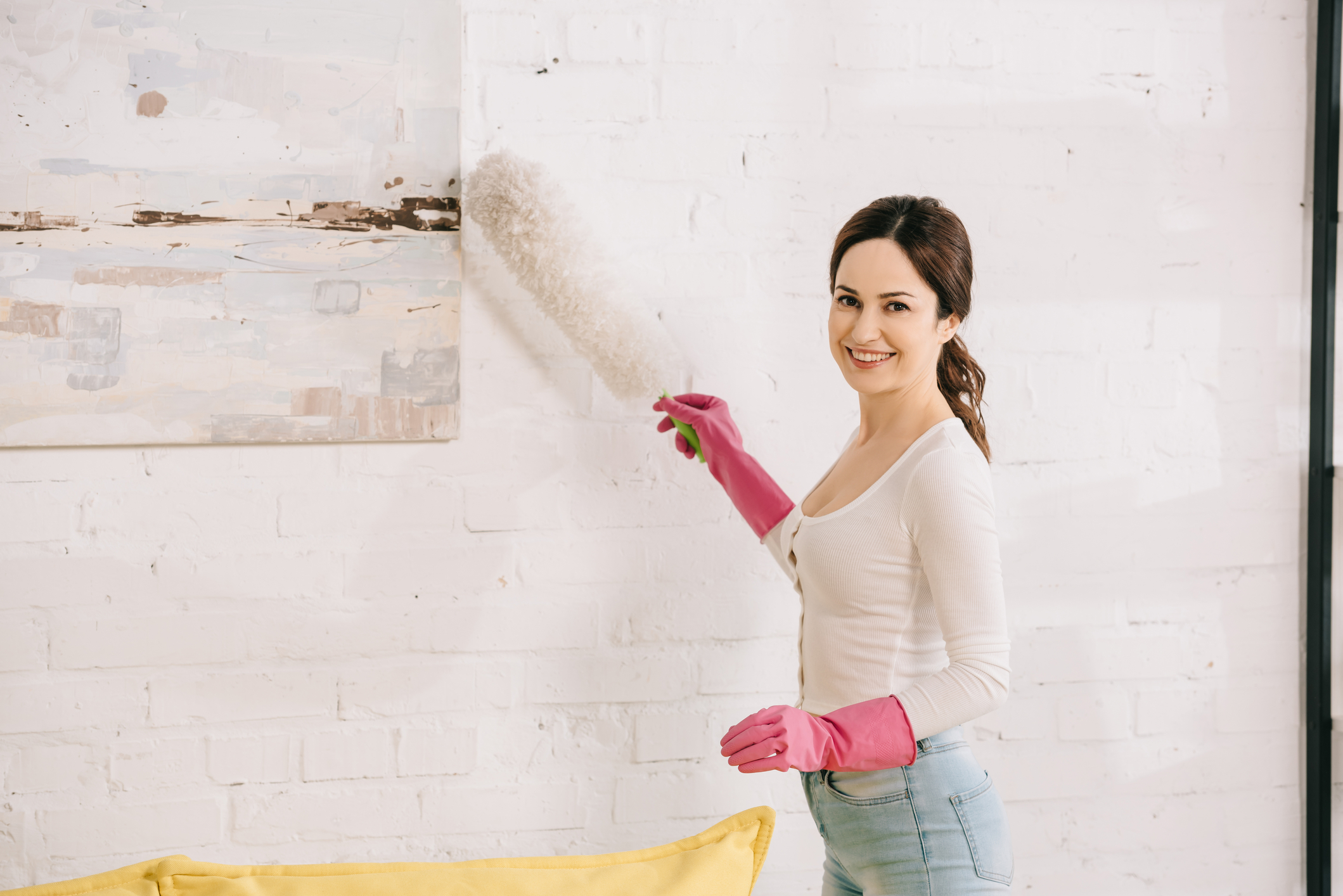Whether you paid a tidy sum for a painting, fine art photograph, or you are the artist displaying a fantastic new addition, you might wonder, can humidity damage paintings and fine art photography?
Excessive, insufficient, or highly fluctuating humidity can damage paintings and photographs. Organic materials like wood and fabric absorb moisture, while inorganics like paint do not, leading to cracking. The layers in photographs shrink in dry conditions causing curling or grow mold in high humidity.
We’re from the hot and humid south of the US. Controlling humidity is a battle for our hanging investments. Managing the environment around art becomes easier once you understand what can happen.

Is Humidity Bad for Paintings?
The short answer is yes, humidity is awful for paintings. However, depending on the type of color and expression surface, the reasons for this are a bit different. The two primary paint surfaces are canvas and wood.
Effects of Humidity on Canvas Paintings
When it comes to paintings on canvas, humidity causes the canvas to loosen. When the air becomes drier, the canvas returns to its original size. If this happens once or twice, it is probably not a big deal. Still, if it repeatedly happens (as is common in some regions of the country with sudden weather changes), it can cause permanent damage.
Paintings are meant to be stretched tightly, so the owner of a canvas painting may seem that the artwork is looking a bit slack and have it tightened up. However, tightening while the air is still moist can be a mistake. When the weather dries, the canvas will contract back to its original size. If it has already been tightened, this can lead to the canvas tearing or potentially break the wood stretcher itself.
Effects of Humidity on Wood Paintings
When it comes to paintings done on wood (or panel) paintings, you would not realize it, but similar to canvas, it also expands in humid weather. However, wood does not retract when the air starts to dry up. Instead, the wood will hold onto some of the water that entered it during humidity. The pressure from that expansion will cause the wood to break and warp.
Effects of Humidity on Paint
Regardless of whether the painting is on canvas or wood, the paint itself will sustain damage, as well. Repeated loosening and tightening of the canvas artwork or panel painting breaking or warping will cause the color to chip and flake off.
Oil paint is the most common, but other colors like acrylic paint, watercolor, gouache, casein, gesso, etc., might be sensitive to moisture and temperature. An oil painting or acrylic painting will react less to humidity than will or organic paints like caseins, gouache, or gesso.
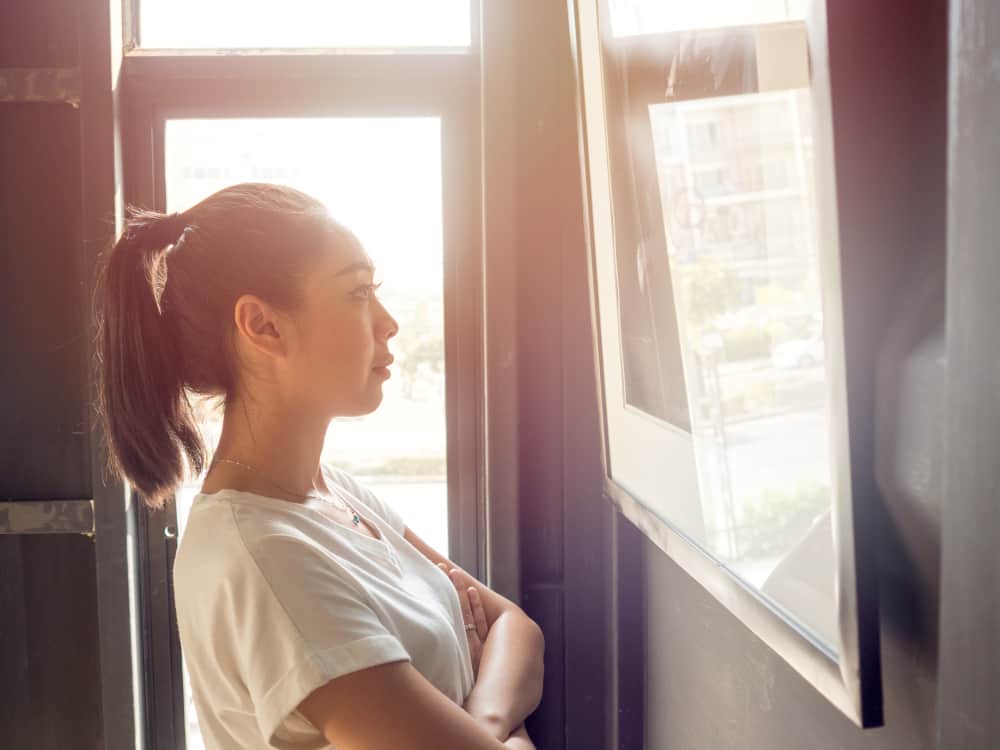
Is Humidity Bad for Photographs?
As with paintings, humidity is also bad for photographs. There are a few ways moisture causes harm to photos:
- The wearing down of a gelatin binder in photographs
- The combination of heat and humidity level wears down the picture faster
- Heat and humidity also lead to mold growth
All photographs have a gelatin binder, which helps with preservation. Moisture can cause that gelatin binder to wear down. When this happens, it leaves the picture open to fading and other damage.
If you happen to live in an area where it is both hot and humid, the wearing process moves even faster. **With the combination of heat and moisture, not only do the pictures fade, but colors shift into other areas of the photograph, leaving a distorted version of the original. **
Unfortunately, in areas with high humidity and heat, mold can build up on photographs. Mold is not only bad for our health; it is terrible for the health of photos. Once mold has found its way onto the medium, it cannot be removed without damaging the photograph.
How Do I Protect My Paintings from Humidity?
The common saying is that you can’t know that something needs to be fixed until you know there is a problem. So now that you know that humidity (and heat) can damage your paintings, what are some steps you can take to minimize that damage?
- Keep your air conditioner in good working condition and invest in a humidifier if you don’t have one. While it can be trickier to control moisture than temperature. An air conditioner or dehumidifier will prevent too much humidity in the air in warmer weather. A humidifier can add back humidity in cold weather when air gets too dry.
- Be aware of the temperature of the area that you are displaying your paintings. Do you keep your home at a balmy 75 degrees Fahrenheit (24 Celcius)? If so, that’s too warm. Paintings are at their best at an ideal temperature of 65-70 F (18-21 C). This range promotes good relative humidity without the need for a humidifier or dehumidifier.
- Be intentional about where you choose to hang your paintings. Avoid areas where the temperature or humidity can be significantly higher, such as near fireplaces, bathrooms, or windows with direct sunlight.
- If you store paintings, choose climate-controlled storage options. Use the same rules as to when the artwork is on display. Store them in areas away from sources of excess or fluctuating temperatures or humidity. Don’t get complacent if your paintings are in storage. They are still at risk for damage from heat and humidity levels.
- If you are moving to a new area of the country, note whether the relative humidity during the year shifts drastically different and plan accordingly:
- Have professionals who specialize in art removal transport the paints.
- Keep the acid-free boxes containing your paintings closed for at least two days on arrival.
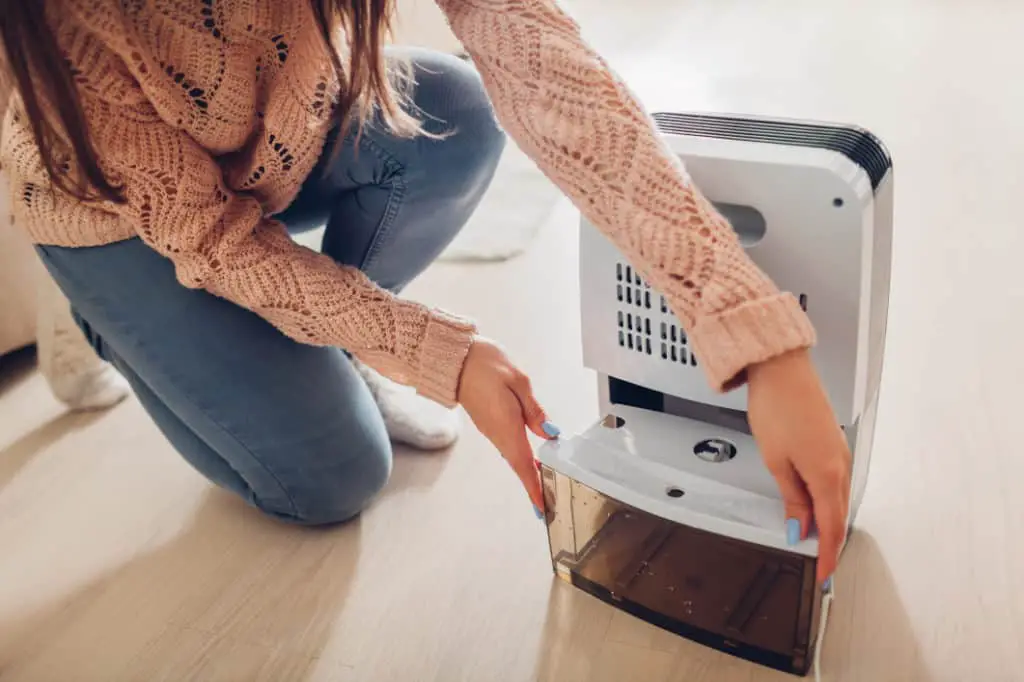
How Do I Protect Photographs from Humidity?
Whether you are collecting fine art photography or want to make sure your personal photos last as long as possible, you can ensure they endure with the least amount of damage or fading possible.
Keep Photos in an Ideal Environment
Like paintings, making sure your home’s environment is kept at the correct humidity and temperature is crucial for photography. Temperatures between 65-70 degrees Fahrenheit or 18-22 degrees Celcius promote the proper relative humidity. Make additional adjustments to air moisture levels with a humidifier or dehumidifier unit.
If you live in a hot and humid place like Florida or Texas, normal wear and discoloration from everyday handling can actually be exacerbated.
Avoid Storing Photography in the Attic or Basement
People tend to put their keepsakes and old family heirlooms in the attic or basement of their home. This is actually one of the worst things you can do with photographs.
Attics and basements tend to hold the most extreme conditions in the house as they are not the places where families spend most of their time. Attics are often insulated improperly. Meanwhile, basements tend to run cold and moist since the pipes often run through them, meaning these conditions are disastrous for photos.
Clearly, choosing the right places to store or display your cherished memories is half the battle in keeping them in good condition. So, what other areas should you keep your photographs away from?
Any drastically warmer area of your home, for starters. For example, over the fireplace or on a wall that receives direct sunlight should be avoided. While it might be tempting to decorate a kitchen with fine art photos, this is less than ideal due to the extra moisture.
How to Make Your Photographs Last
Now that you know how and where not to hang or store your photographs, what are some things you can do to ensure your photos last?
According to Photo Ancestry and the New York Times, you can do the following:
- Minimize the amount of direct touching of fine art photographs. The skin contains oils that can damage the medium.
- Put your cherished photographs in albums with acid-free pages to help keep them in place. Add glassine paper between the pages to prevent facing pictures from touching.
- Mount photos in sealed frames with an acid-free mat behind the picture.
Knowing these tips to help protect your photographs. Although they won’t stop the hands of time from causing wear, you can at least delay it for a while.
Do you have any questions or tips to avoid humidity damage? Message us on Instagram or Pinterest.

